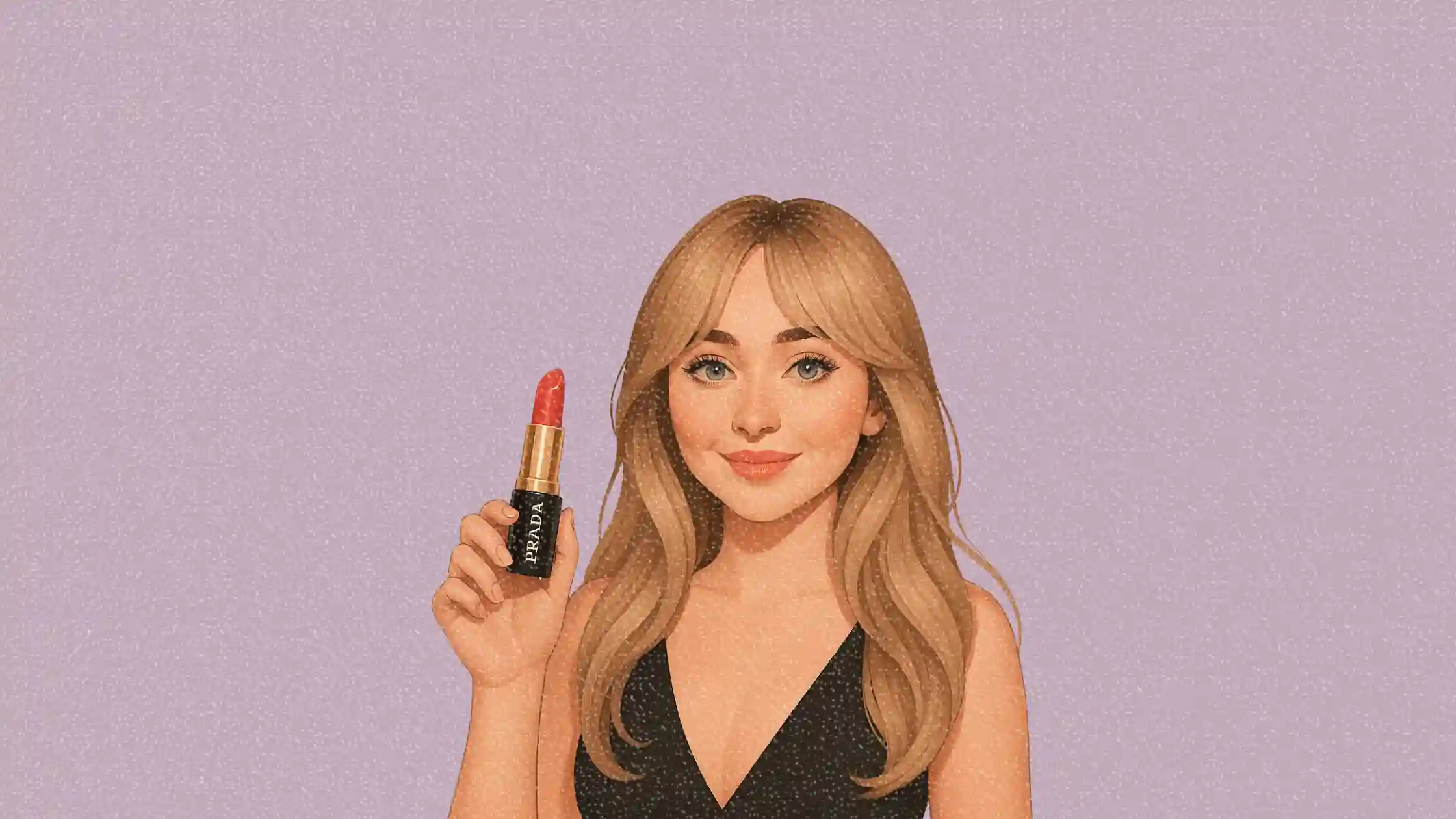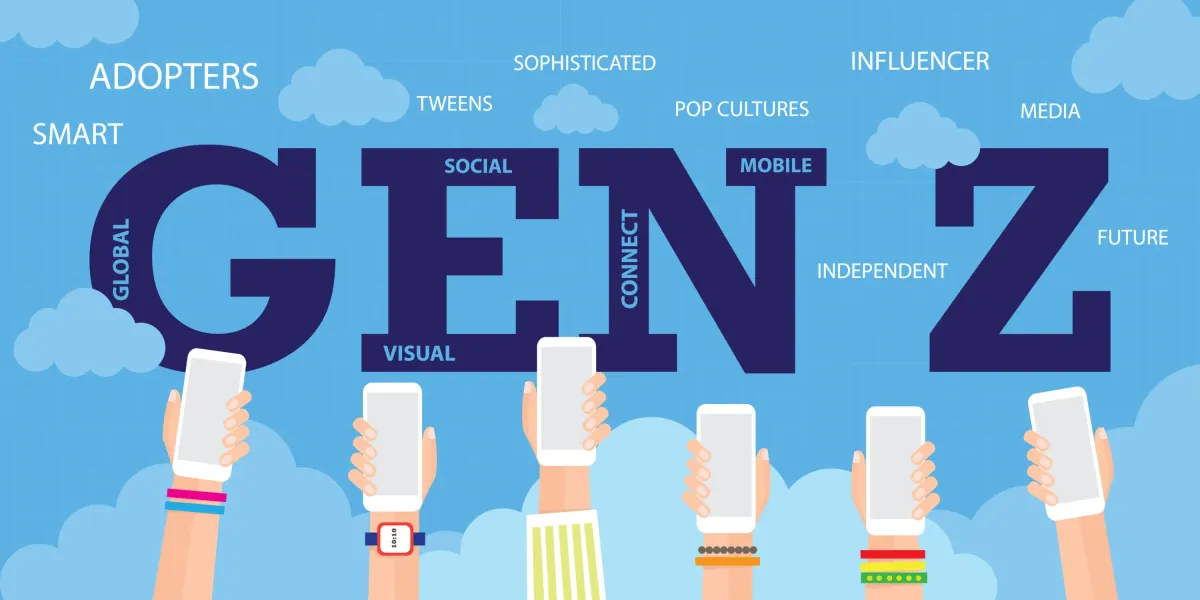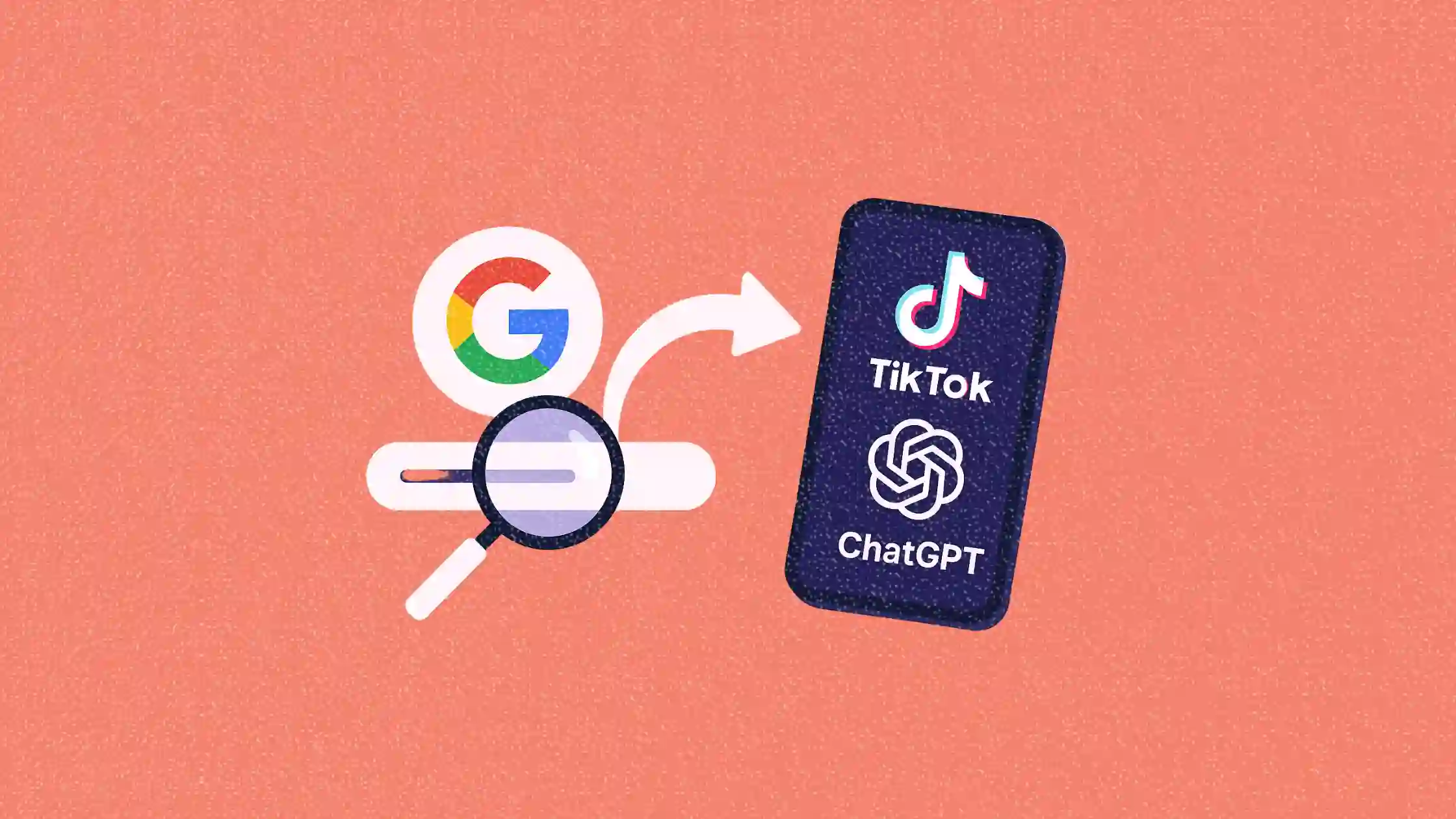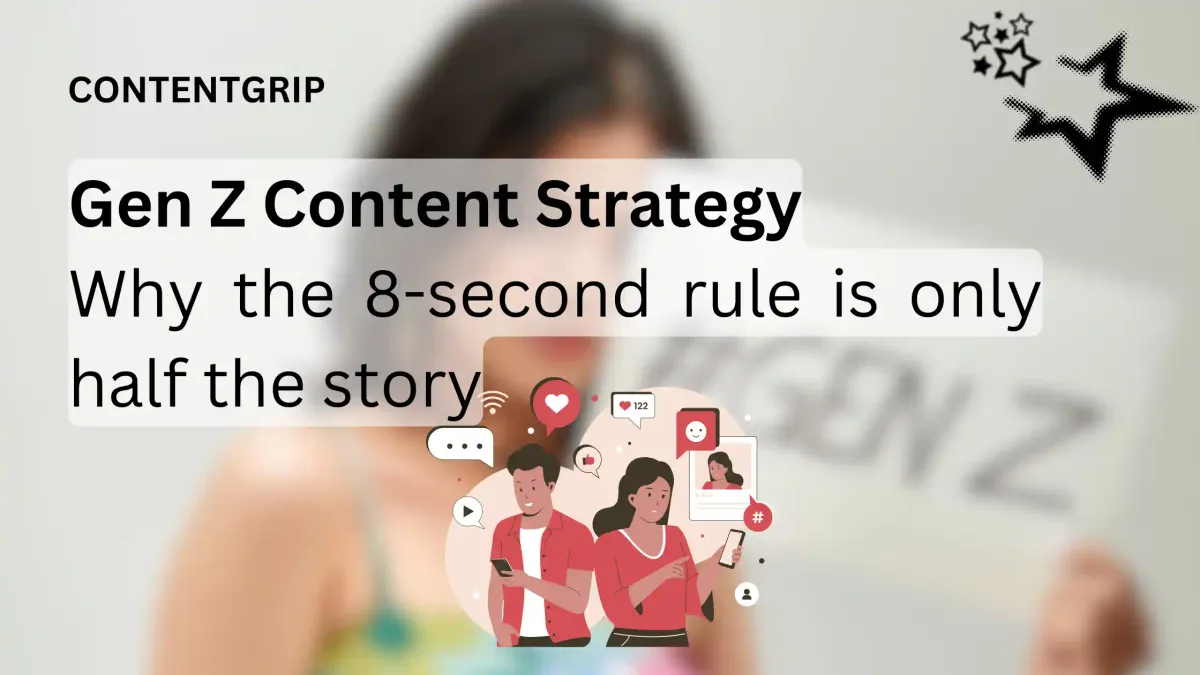Music videos are becoming luxury’s next big ad space
Music videos are evolving into high-impact marketing tools—especially for luxury brands looking to reach Gen Z

From Sabrina Carpenter twirling a Prada lipstick in a glossy pop visual to luxury brands showing up in genre-blending music drops, a new form of cultural storytelling is taking shape.
This article explores why music videos are becoming a strategic playground for luxury brands and how marketers can harness the format’s emotive power without diluting brand prestige.
Short on time?
Here’s a table of contents for quick access:
- Why music videos work for brand storytelling
- Strategic benefits for luxury brands
- Common risks and how to avoid them
- What marketers should know

Why music videos work for brand storytelling
"Music videos are a powerful medium of cultural expression that not only reflect, but also influence societal trends," says Koo Sok Hoon, Marketing Communications Director at The Travel Corporation.
The medium combines sound and visuals into a multi-sensory experience—making brand messages more memorable than standard ads.
Unlike traditional formats that interrupt the content flow, music videos embed products within lifestyle stories. "It’s about making the message feel native, relatable, and aspirational," says Madina Kalyayeva, Managing Director at Tilt.
The format also aligns well with Gen Z behaviors, where multi-platform content consumption and a preference for authentic storytelling reign supreme.

Strategic benefits for luxury brands
Kalyayeva highlights Prada's use of lipstick—a more accessible product—as a strategic move to lower the entry barrier for Gen Z fans.
The goal isn’t just instant sales, but long-term conversion into full-category customers.
Success hinges on artist-brand synergy. “It’s about empowering the artist’s creative vision while staying true to the brand identity,” explains Koo. When both sides collaborate authentically, the result is an emotionally resonant narrative that builds loyalty.
Collaborations done right are not only immersive but memorable. “The best brand-artist pairings amplify each other’s identities without feeling forced,” adds Lara Hussein, CEO of M&C Saatchi Group Malaysia.

Common risks and how to avoid them
Despite the appeal, marketers must tread carefully.
Risks can include:
- Brand invisibility: “If the audience misses the brand’s presence, the campaign loses effectiveness,” says Koo.
- Reputation fallout: Artists' controversies can damage brand equity.
- Overexposure: Overused formats or mass-market artists may dilute exclusivity.
- Legal issues: Licensing or IP misalignment can derail a project.
Marketers need to work closely with legal and creative teams and be selective with artists whose values match the brand.

What marketers should know
If you’re eyeing this format, here are key takeaways:
- Prioritize authenticity and co-creation
Work with artists who genuinely align with your brand and give them room to integrate your product naturally into their world.
- Protect luxury equity
As Kalyayeva puts it, "Featured products should feel aspirational, not just like flashy props." Maintain visual excellence and a cinematic standard.
- Build cultural relevance, not just visibility
Collaborations should be an extension of your brand’s story, not just a media buy. “Luxury is about emotion,” Hussein reminds. Invest in narrative depth and aesthetic cohesion.
- Target the right audience through the right artist
Picking the right partner is as critical as the creative execution. This isn’t about reach alone—it’s about resonance.







